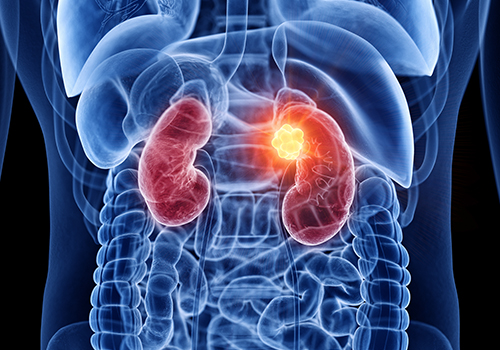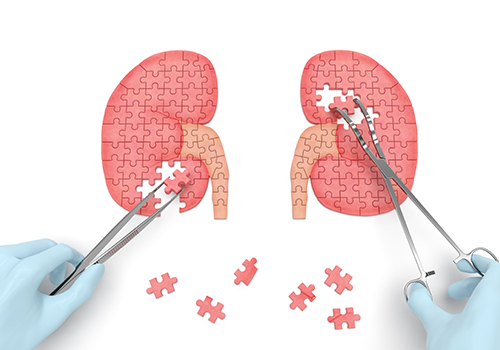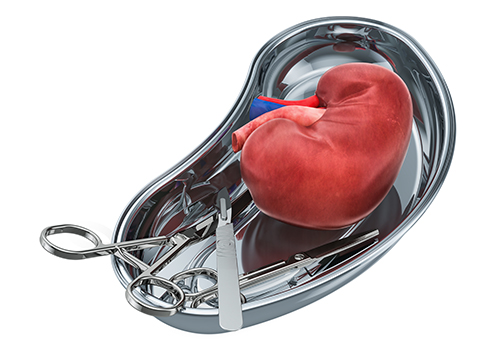Kidney cancer is among the 10 most common cancers in both men (6th overall) and women (8th overall). The lifetime risk for developing kidney cancer in men is about 1 in 46 (~2%), and in women is about 1 in 82 (~1%).
Fortunately, kidney cancer is very treatable, especially when diagnosed early, so the survival rate for patients with kidney cancer ranges from 79 to 100 percent. There are several types of kidney cancers:
- Renal cell carcinoma – The most common type of kidney cancer in adults (90%). It includes several subtypes (clear cell, papillary, collecting duct, multilocular cystic RCC) and tends to grow from the outer portion of the kidney.
- Wilm’s Tumors– The most common type of kidney cancer in children (90%). This can encompass the entire kidney.
- Urothelial carcinoma – A fairly uncommon type of kidney cancer. This grows on the lining of the inner part of the kidney called the renal pelvis, where the ureters meet the kidneys.
- Renal sarcoma – Also a fairly uncommon type of kidney cancer. This is a more aggressive tumor arising from the kidney or tissue surrounding the kidney.
While solid masses are typically more concerning for kidney cancer, some solid growths such as Angiomyolipoma (AML) are benign (non-cancerous). They may still, however, require treatment because of their size or the possibility that they will grow and cause problems. Additionally, many people will develop renal cysts over the course of their lives. These are fluid filled growths and the vast majority of these are benign, only occasionally requiring monitoring or removal because of size or other atypical characteristics.
 There are several known risk factors for kidney cancer:
There are several known risk factors for kidney cancer: In the early stages, kidney cancer is unlikely to present with symptoms and is often found ‘incidentally’ during evaluation for other issues. However, in some cases kidney cancer may be associated with one or more of the following symptoms:
In the early stages, kidney cancer is unlikely to present with symptoms and is often found ‘incidentally’ during evaluation for other issues. However, in some cases kidney cancer may be associated with one or more of the following symptoms: For kidney cancers, there are both surgical treatments and non-surgical treatments. Kidney surgery is typically the preferred treatment for kidney cancer, especially when caught early. Removing the tumor, or even the whole kidney itself, eliminates the cancer entirely. Luckily, patients can live an entirely normal life with just one kidney.
For kidney cancers, there are both surgical treatments and non-surgical treatments. Kidney surgery is typically the preferred treatment for kidney cancer, especially when caught early. Removing the tumor, or even the whole kidney itself, eliminates the cancer entirely. Luckily, patients can live an entirely normal life with just one kidney. Non-Surgical Options:
Non-Surgical Options:
 American Cancer Society –
American Cancer Society – 
